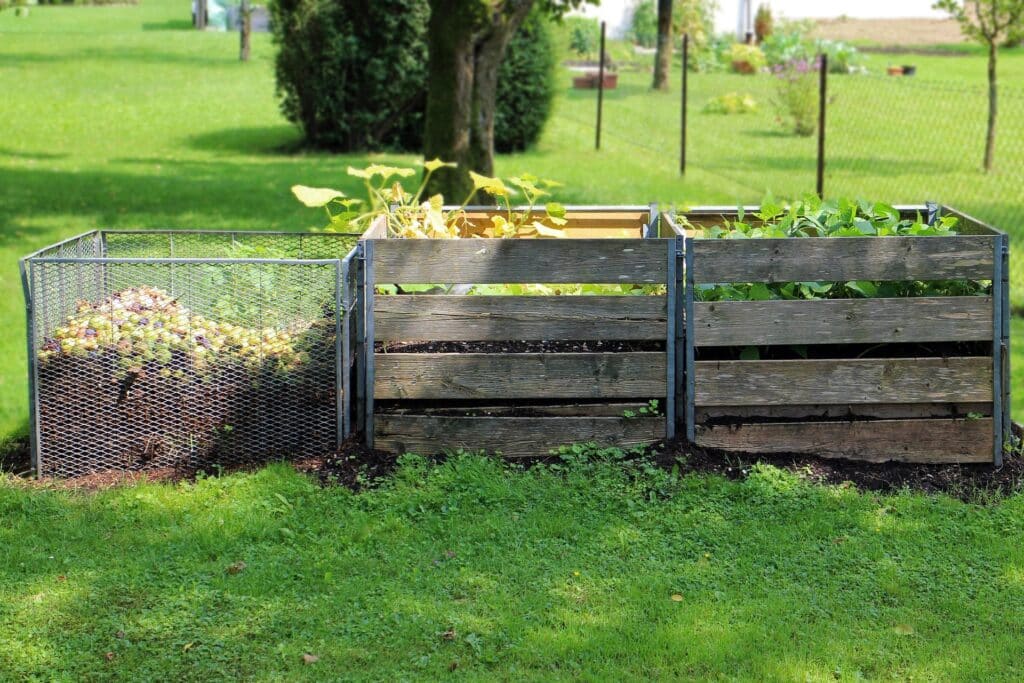If you’ve spotted a large reddish-brown cockroach in your bathroom, near a floor drain, or crawling out of a basement utility sink, you’re likely dealing with American cockroaches. These resilient insects, sometimes called “palmetto bugs” in southern regions, don’t typically live in kitchen cupboards by choice. Instead, they emerge from below—drawn to sewers, pipes, and the hidden infrastructure that most homeowners don’t think about until there’s a visible problem.
Understanding their natural connection to drain systems and underground networks is key to effective management. Once you recognize what attracts them to these environments and how they access your living spaces, the bigger picture of cockroach pest control starts to make much more sense, allowing for more targeted and effective prevention strategies.
Why They Like What’s Down There
American cockroaches have evolved to prefer very specific conditions that sewer systems provide in abundance. These pests are particularly drawn to three key environmental factors: heat, moisture, and decaying organic matter. Municipal sewer systems and building drain networks check every box on their list of preferred conditions.
These underground networks maintain relatively warm temperatures year-round due to the surrounding earth and flowing wastewater, creating a stable thermal environment that cockroaches find ideal. The humidity levels in these systems remain consistently high, providing the moisture these insects need to prevent their bodies from drying out. Sewers also contain an abundant food supply in the form of decomposing organic material that washes down from above, offering a constant nutritional source.
American cockroaches have adapted physiologically to thrive in these challenging environments. They can survive in tight, oxygen-poor spaces where many other insects would perish, and their distinctively flattened bodies help them move effortlessly through narrow pipe joints, around bends, and between floor slab cracks.
Typically, these cockroaches only emerge into your living spaces when environmental changes—such as significant temperature fluctuations or increased moisture levels from heavy rainfall—push them closer to the surface.
How They Move Underground
American cockroaches are remarkably skilled at navigating the complex maze of underground sewer networks. They follow scent trails, temperature gradients, and subtle air currents to move throughout these systems with surprising precision. The interconnected nature of sewer networks provides them with extensive mobility, allowing a single colony to potentially span multiple properties by moving between buildings through shared lines, catch basins, or junction boxes.
This interconnectivity explains why treating a single building for cockroaches without understanding the larger infrastructure grid often leads to their reappearance weeks or months later. You might successfully eliminate the visible insects, but if the access route remains intact, new cockroaches will eventually find their way in from nearby structures or sewer mains.
These pests rely heavily on their long, sensitive antennae, which act as sophisticated sensory guides in the pitch-dark tunnels they inhabit. Their antennae can detect subtle changes in airflow, trace moisture patterns, and identify small gaps where pipes meet foundations.
What Brings American Cockroaches into Homes
Three primary environmental changes typically cause American cockroaches to migrate from sewers into homes. During drought conditions, these moisture-dependent insects follow humidity into buildings as outdoor environments dry out, seeking the reliable humidity found in bathrooms and basements.
On the other end, heavy rainfall and flooding force cockroaches upward through pipes to escape rising water levels, explaining why sightings often increase during or after storms.
Sudden temperature drops, particularly during seasonal transitions, make heated buildings more attractive, with mechanical rooms and areas near hot water systems becoming prime entry points. Once inside, these pests remain near water sources like drains and plumbing fixtures.
Signs You’re Dealing with a Drain-Linked Problem
Several signs indicate your American cockroach problem originates from plumbing systems rather than other sources. Watch for extremely rapid movement when lights turn on, especially in basements or bathrooms—these roaches can run over 3 miles per hour, quickly disappearing when detected.
Consistent sightings near specific drains or plumbing fixtures strongly suggest they’re using these as entry points from deeper within your system. Larger infestations often produce a distinctive musty, oily odor, strongest near utility rooms or sump wells. Physical evidence like droppings or shed skins concentrated around pipe access points, floor drains, and water heaters provides further confirmation of a drain-linked infestation.
Dealing with American Cockroaches
Addressing these infestations effectively requires specialized knowledge about both pest behavior and plumbing systems. Our pest control specialists can thoroughly inspect your property to identify critical entry points and understand the specific role your plumbing system plays in cockroach control. These drain-linked problems often involve spaces most homeowners never inspect—precisely the dark, humid environments where these resilient pests establish their colonies.
For a comprehensive evaluation of American cockroach activity in your home, schedule a pest control service to take a look today. Our trained technicians can identify even the most discreet entry points and develop a targeted treatment plan designed specifically for these infestations. Get a free quote to learn how we can help you eliminate these persistent pests from your home.









